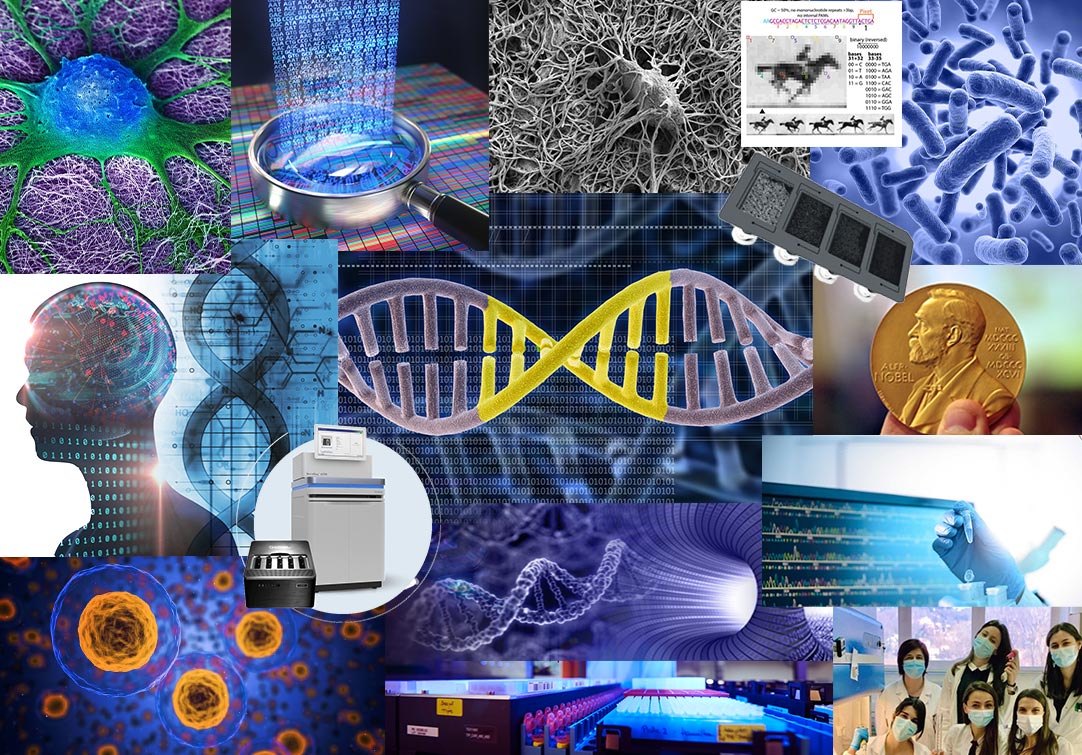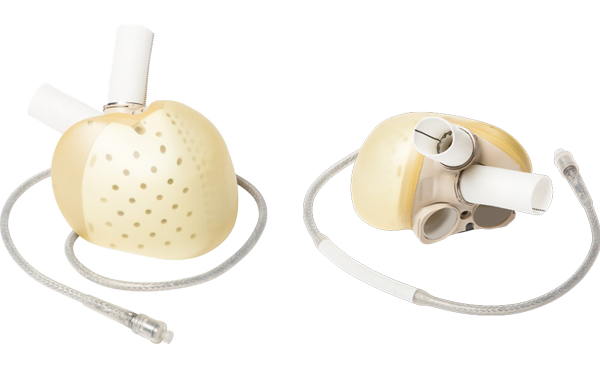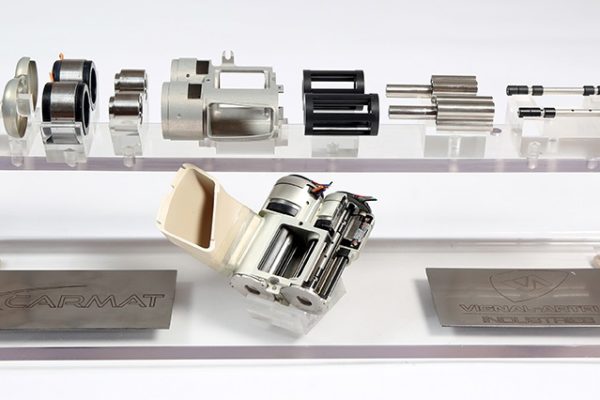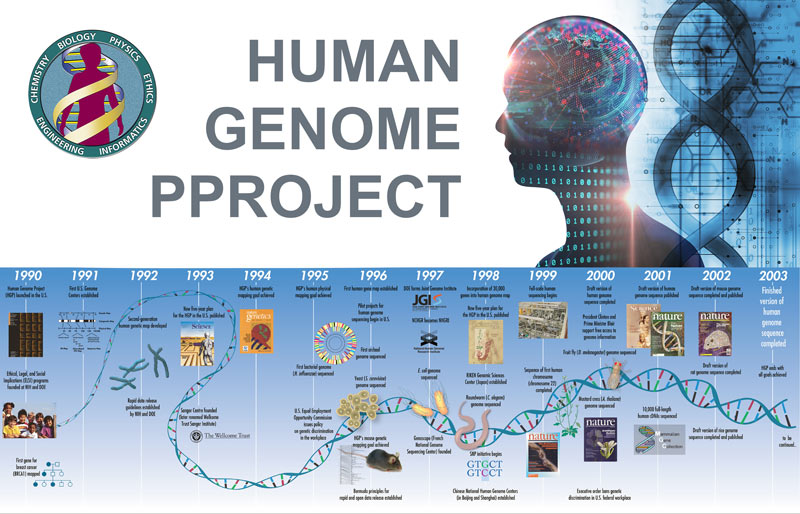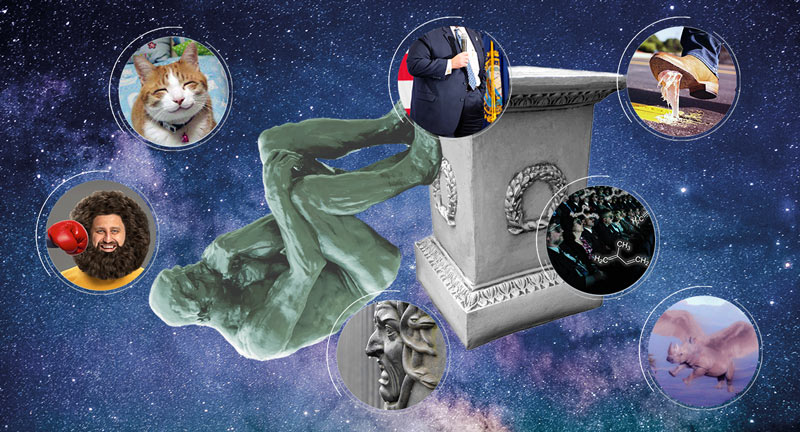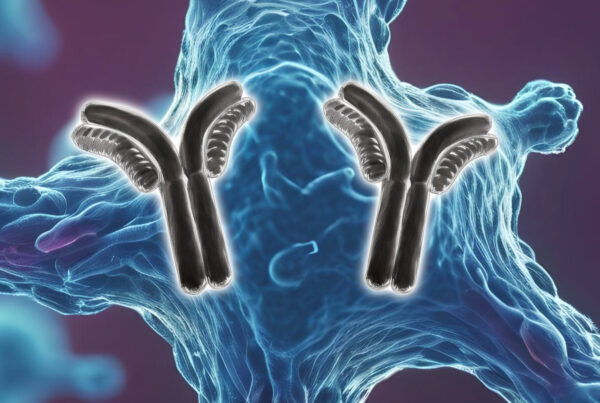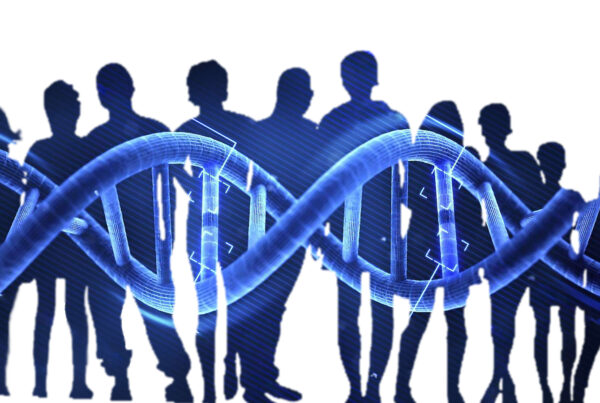Rewind 2021 – The biotech advancements at the geginning of a new decade
In 2020 and 2021, not a day passed without a news piece on SARS-CoV-2, its variants and COVID-19. Scientists all across the world explored anti-viral drugs and vaccines to control the spread of the pandemic.
This review of 2021, however, is not about SARS-CoV-2 or the pandemic. Despite the spotlight this has had, there have been plenty of other highly interesting advancements in biotech and genomics in 2021 that we want to dive into in this article.
Rewind 2021: Objectives achieved – stem cells, organoids, and xenografts/artificial organs
In 1978, the first in vitro fertilisation (IVF) baby was born. It was received by the public as surprising and almost unbelievable at the time. Today, IVF is common practice and many babies are conceived this way (image 1).
As human curiosity and the urge to explore the unknown never stops, researchers went further into in vitro gametogenesis (differentiation of precursor cells to form haploid gametes). A team of researchers led by Dr. Hayashi not only created functional eggs from rodent stem cells, but they also engineered an in vitro ovary to mature these eggs successfully. The research results could contribute to establishing an alternative source of gametes for research, but also have implications for the entire concept of reproduction. Will it be possible for infertile people to have children with genetic material similar to theirs in the future (Yoshino et al., 2021)?
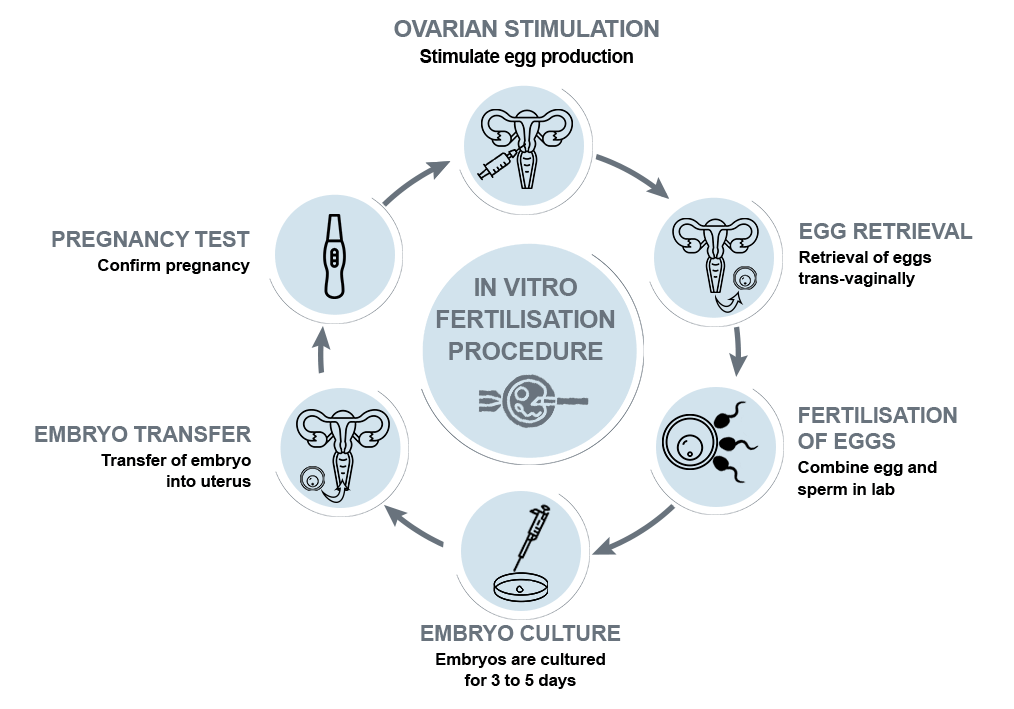
Image 1: Concept of the in vitro fertilisation in humans.
Moving a step further from stem cells to organoids, which are defined as millimetre-sized organ-like structures of cells produced in the lab. In the past, efforts have been made to grow brains and optic vesicles separately in the lab. In 2021, a large team of researchers in Germany, led by Gopalakrishnan, has grown miniature brains that were able to give rise to optic vesicles within 30 days. After 60 days, the light sensitive organoids were visible macroscopically and contained cellular components such as rudimentary corneal epithelial and lens-like cells (Gabriel et al., 2021). The generation of these organoids is another step towards enhancing our understanding of brain-eye development, modelling congenital retinal disorders, and generating patient specific retinal cell types for transplantation and personalised medicine approaches.
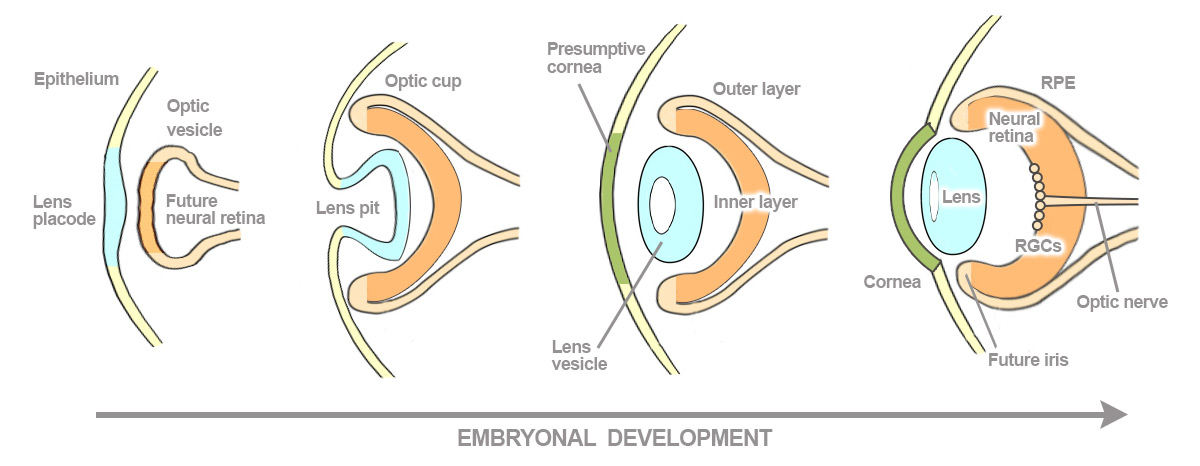
Image 2: Depiction of the formation of human eyes during embryonal development (RGCs = Retinal ganglion cells; RPE = retinal pigment epithelium).
In 2021, remarkable achievements regarding artificial organs and xenotransplantation have been announced. The French company Carmat has created an artificial heart, called Aeson, with two ventricles (large chambers of the heart) and hydraulic pumps. The heart is made in parts of bovine heart tissue and is equipped with sensors and microprocessors. The sensors enable the heart to regulate blood flow according to the physical activities of the person, just as a normal heart would (image 3).
These artificial hearts, which have received regulatory approval from the European Union, could replace heart transplants in the future and save the lives of patients who suffer from heart failures. After all, cardiovascular disease is the leading cause of death worldwide and patients have to wait months, up to years, until a suitable donor heart becomes available, with the right heart size and blood type being crucial factors. In the U.S., more than 3,500 patients are currently waiting for a heart transplant. Artificial hearts can be used as a temporary solution until a donor heart becomes available (CARMAT, 2021; Elflein, 2021; National Health Service, 2021).
Image 3: Artificial heart with two ventricles by Carmat.
Researchers have been trying to figure out a way to transplant vital organs derived from animals (xenografts) into human beings for decades. Due to the complexities associated with transplant rejection, xenografts have always sounded more like fantasy. In 2021, however, surgeons at New York University Langone Health attached a genetically engineered pig kidney to a brain-dead patient who was sustained on life support. The kidney started working immediately and the surgeons carefully tracked the body’s response to it for 54 hours (Rabin, 2021). Even though there are still plenty of unanswered questions, this procedure can be hailed as a big step in the field of xenotransplantation.
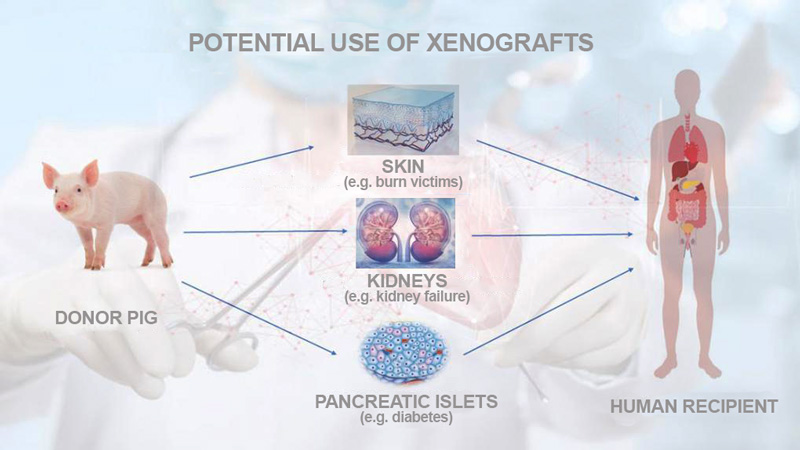
Rewind 2021: Gene editing with CRISPR prime editing
In 2015, the discovery of CRISPR’s gene editing power sent a wave of excitement and hope through the scientific community. However, the technology is yet to be applied clinically, due to off-target activity and relatively high costs associated with the gene editing tool. Since its discovery, scientists have been continuously refining the CRISPR technology to produce highly precise edits.
One much more refined CRISPR tool is “CRISPR prime”. Traditionally, CRISPR/Cas relies on a short stretch of RNA (gRNA) that guides the molecular scissors, the Cas enzyme, to the target DNA sequence, where it introduces a cut. In order to repair this cut, the CRISPR/Cas system relies on the cell’s DNA repair pathways to ligate the strands. Unfortunately, these cellular repair pathways can be imprecise and deletions or insertions can occur at the site of the break.
Prime editing, in contrast, does not rely on the cellular repair machinery and exhibits minimal off-target activity, as shown by Petri and colleagues, who used CRISPR prime editing to modify human primary cells (cells sampled from human tissues) and zebrafish (Petri et al., 2021). Prime editing relies on a fusion protein that consists of a Cas9 enzyme and reverse transcriptase (RT) enzyme.
Since the development of CRISPR prime editing two years ago, efforts have centred on expanding the types of cells in which prime editing can work. Dr David Liu, the principal investigator behind a recent prime editing investigation, told Nature: “This first study is just the beginning—rather than the end—of a long-standing aspiration in the life sciences to be able to make any DNA change at any position in an organism” (image 4). Now, the team has increased the efficiency of the prime editing tool in seven more cell types (Ledford, 2019; Chen et al., 2021).
Image 4: Depiction of the CRISPR prime editing process. The prime editing fusion protein identifies the target sequence via its prime editing guide RNA (pegRNA) and introduces a single strand break. The pegRNA also includes a sequence (RT template with edit) that will ‘replace’ the targeted sequence. This RT template contains a primer binding site where the opened DNA strand binds to. At this site, the reverse transcriptase uses the RT template for the fill-in reaction. The overhanging original sequence (3’ flap) is cleaved and the break is ligated. The resulting dsDNA contains mismatches at the edited site. Advanced prime editing (prime editor 3) contains an additional guide RNA that is used to introduce a break in the non-edited original strand and then use the edited strand as template for the repair.
Rewind 2021: Updating the human genome sequence
In 2001, the first draft of the human genome sequence was published. In 2003, the Human Genome Project triumphed in sequencing the human genome. The sequence was uploaded to databases and publicly available repositories to help advance our understanding of human health and disease. Yet, there were still some missing and incorrect parts of the sequence, due to the shortcomings of shotgun sequencing, the method utilised for the Human Genome Project. Finally, in 2021, the news surfaced that the ‘almost complete’ human genome, consisting of around 3 billion base pairs, has been sequenced completely. This success was made possible by advancements in sequencing technology (Zimmer, 2021).
In the past, sequencing involved breaking the DNA strands into smaller fragments, which were then cloned into bacteria, sequenced, and assembled again – just as assembling the pieces of a jigsaw puzzle. It was hard to sequence repetitive heterochromatic regions using the somewhat dated ‘shotgun sequencing’ technology.
Today, researchers can sequence long stretches of DNA accurately by using advanced sequencing technologies by Oxford Nanopore and PacBio.
Note: ‘Sequenced completely’ is not quite right. Surprisingly, even now, some parts of the Y chromosome still need to be sequenced (Reardon, 2021).
Image 5: Timeline of the Human Genome Project.
Rewind 2021: New heights for DNA data storage and data retrieval
The 21st century is a prime time for interdisciplinary science. By operating at the intersection of different fields, scientists can combine existing concepts into extraordinary ideas and advancements. Science makes imagination a reality.
The idea of storing data in the form of DNA spurred the minds of scientists like Seth Shipman and George Church years ago. DNA is an attractive medium for data storage due to its higher information storage capacities, compared to hard drives. It has been estimated that by 2025, the data produced globally in a single day will exceed the data storage capacity of hard drives. DNA, with its high information storage density, could store all the data in a single tube, which would save resources and space. Moreover, storing information in DNA does not cost much energy.
DNA can also be exceptionally stable depending on the storage conditions. Researchers have been able to retrieve DNA sequences from the bones of extinct but preserved animals (Matagne et al., 2021).
Storing information in the letters A, T, C and G sounds like a far-fetched idea. However, it is not impossible anymore. In 2021, researchers from Columbia University have designed a strategy to directly transfer data from a computer to a DNA molecule; and it is as easy as transferring data to a cloud storage. The inspiration for this strategy came from the bacterial defence system, CRISPR. Every time a bacterium encounters a new virus, it samples the viral genome and stores the sequence sample in its own DNA to identify the virus in the future.
The newly developed data storage system works as a CRISPR-based cellular recorder, where electrical signals are converted into DNA-based signals: A and G represent 1, C and T represent 0. The researchers have made huge progress and were able to directly transfer the phrase “Hello World” from a computer to a bacterial genome (Yim et al., 2021).
In terms of retrieving the data stored in DNA, researchers from MIT and Harvard have devised an ingenious method. Suppose the entire world’s data is stored in a tube and a specific file of 5 Mb needs to be found in an Exabyte (1018 Bytes) of data. Nothing less than impossible? At least it is very labour-intensive and expensive? Actually, in 2021, Banal and colleagues announced that they developed a technique for organising stored data.
They stored DNA strands in microscopic glass beads that are tagged with DNA-based labels specifying the information contained in the bead. For example, a file regarding a green parrot is labelled as “bird”, “parrot” and “green”, while a file about yellow parrots is saved with the label “bird”, “parrot” and “yellow.” Labelled ‘files’ in the DNA can be easily retrieved by using a fluorescent dye-tagged single stranded DNA molecule that is complementary to the label of interest (“bird”, “parrot” and “green”). Upon binding and emitting a fluorescence signal, the DNA of interest can be separated by a machine-assisted process. It can be said that the foundation for a joint success of computing, artificial intelligence and biotechnology has been laid (Banal et al., 2021).
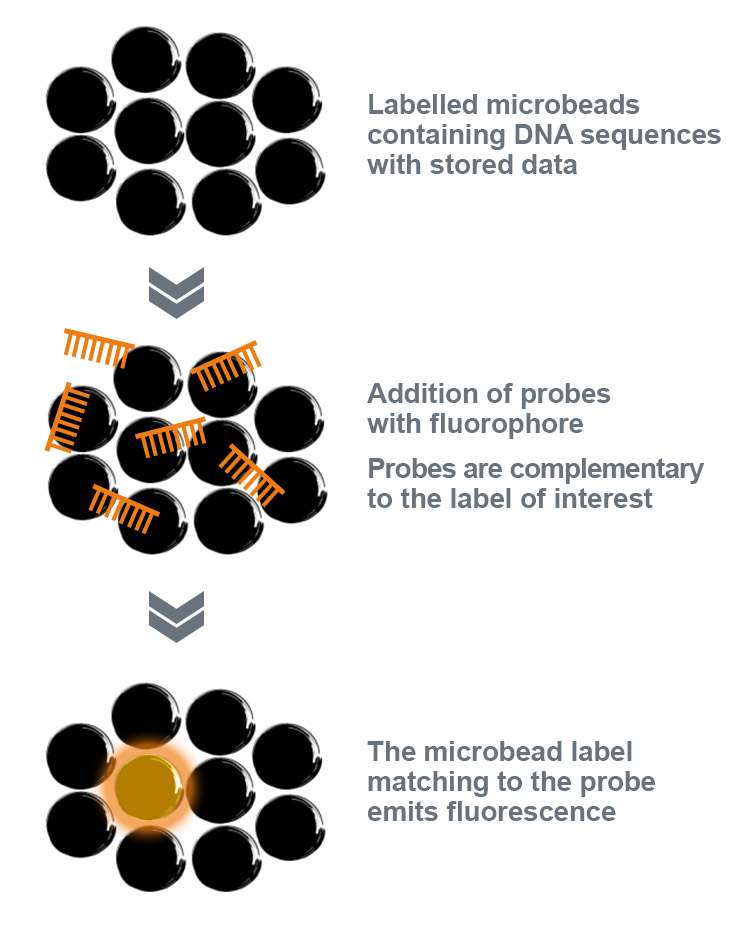
Image 6: Depiction of the ‘data retrieval from DNA’ process.
Rewind 2021: The funny side of science
Every year, Ig Nobel Prizes are awarded to scientists and their unusual but imaginative research. True to the motto: “For achievements that first make people LAUGH then make them THINK”.
In 2021, the Ig Nobel Prize for biology, for example, was awarded to a 10 years spanning investigation of cat-human communication. Here, the human understanding of different cat sounds was analysed, including purring, chirping, tweedling, murmuring, meowing, moaning, squeaking, hissing, and much more.
A rather surprising research project was awarded with the Ig Nobel Prize for peace. Researchers investigated whether human males evolved beards for protection by absorbing the impact of punches during intra-species fights.
Read all about the 9 funny winning achievements of the Ig Nobel Prize 2021 and let them spur your interest in science, medicine, and biotechnology.
Rewind 2021: Looking towards a technologically advanced, green and healthy decade!
In short, 2021 has been like a year-long January 1st: people made a lot of resolutions about the things they want to achieve in the time to come. In 2021, the foundation for many long-awaited discoveries and therapies has been laid. In the coming decade, we are going to witness vast advancements in the interconnected fields of stem cell biology, genetic engineering, precision medicine and artificial intelligence. Major progress will not be limited to biomedical sciences but will expand to, amongst others, biotech and food science. Currently, efforts are being made to reduce the costs of cultured meat in order to make it accessible for the average consumer, for instance. Providing food for an ever-increasing population, in combination with reducing the environmental impact of agriculture, seems to necessitate the use of biotechnological manufacturing (Rischer et al., 2020; Future Meat, 2021).
The resolution: a technologically advanced, green, and healthy decade to come.
By Tamseel Fatima and Dr Andreas Ebertz
Did you like this article about NGS platforms and capacities? Then subscribe to our Newsletter and we will keep you informed about our next blog posts. Subscribe to the Eurofins Genomics Newsletter.


